Vietnam is a street food paradise. From sizzling bánh xèo to flavorful phở and crispy bánh mì, Street Food in Vietnam offers a delicious experience for every visitor. But for many travelers, especially first-timers, the question is: Where can you enjoy Vietnamese street food safely? This guide will help you discover where to eat like a local while keeping your stomach happy and healthy.
1. Choose Busy Food Stalls
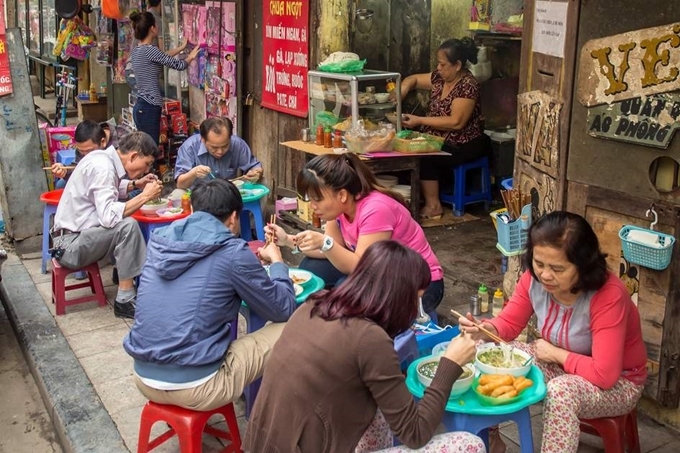
One of the easiest rules to follow is: go where the locals go. If a food stall or street vendor is crowded, especially with locals, it’s a good sign the food is tasty and freshly prepared. High turnover usually means the food hasn’t been sitting out for long and is less likely to cause any issues.
Tip: In big cities like Ho Chi Minh City and Hanoi, look for small plastic chairs and long lines — that’s where the best street food lives.
2. Eat at Day Markets
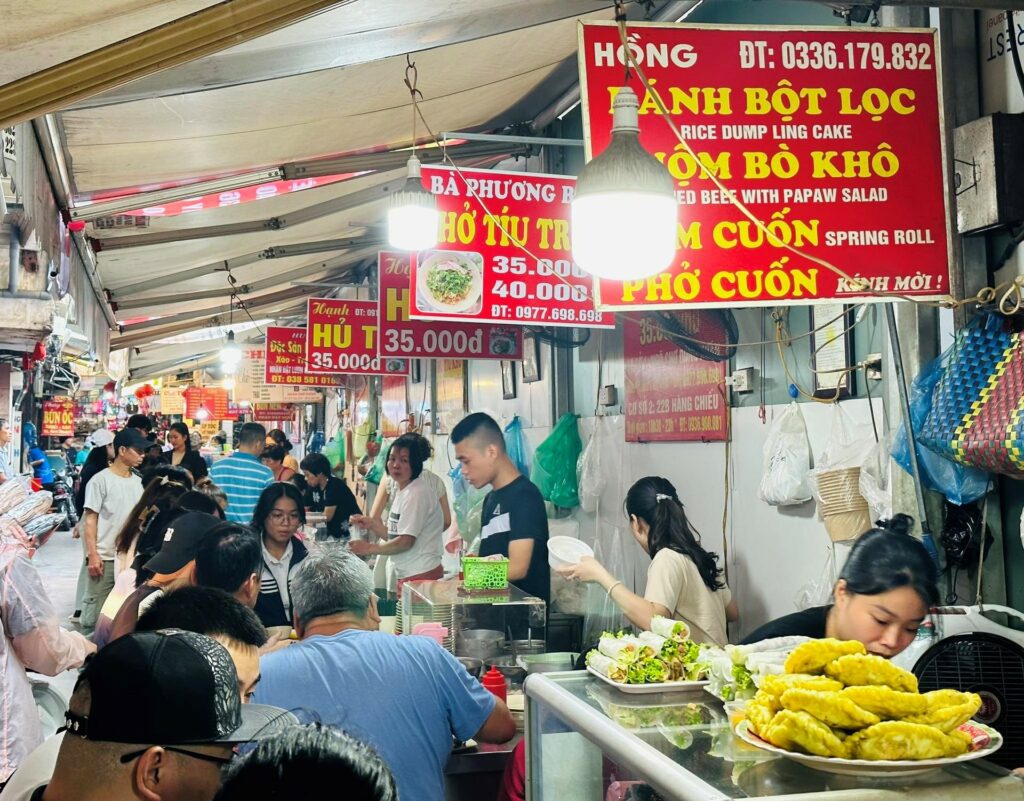
Morning and day markets are great places to try authentic and safe Street Food in Vietnam. These markets typically serve food that is prepared early in the day and meant to be eaten fresh. Some popular options include:
-
Chợ Bến Thành (Ho Chi Minh City) – Central location, popular with tourists, but still full of local vendors.
-
Chợ Đồng Xuân (Hanoi) – Known for traditional northern Vietnamese dishes.
-
Hoi An Central Market – Famous for Cao Lau and White Rose dumplings.
Markets are generally more sanitary in the mornings when the food is freshly cooked and the environment is cleaner.
3. Stick to Cooked Foods
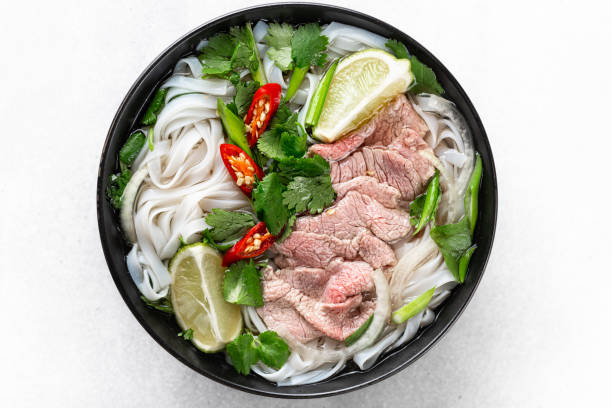
While Vietnamese cuisine includes some raw vegetables and herbs, it’s safer for travelers to stick with cooked dishes. Dishes that are grilled, steamed, fried, or boiled are less likely to carry bacteria.
Safe choices include:
-
Phở (beef or chicken noodle soup)
-
Bún chả (grilled pork with rice noodles)
-
Bánh xèo (Vietnamese pancakes)
-
Cơm tấm (broken rice with grilled pork)
Watch the cooking process if possible. If the food is made in front of you and served hot, it’s usually a safe bet.
4. Look for Clean Setups

Cleanliness is key when choosing where to eat street food in Vietnam. A good vendor should:
-
Use gloves or clean hands
-
Store ingredients properly (covered or in coolers)
-
Keep cooking and eating areas tidy
You don’t need a 5-star kitchen — just a sense that the vendor takes hygiene seriously.
5. Use Food Apps and Local Guides
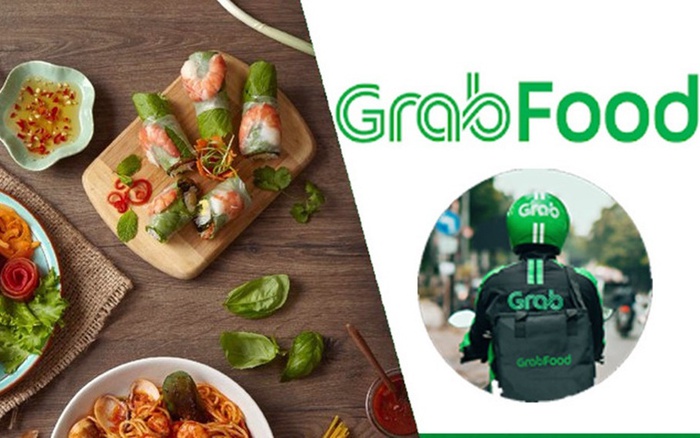
Apps like Foody, GrabFood, or TripAdvisor often have reviews and ratings for local food stalls and street vendors. You can also ask your hotel staff or local tour guides for recommendations — they usually know the safest and tastiest places to try.
Tip: Join a street food tour. These are led by locals who take you to trusted vendors and explain each dish.
6. Carry Hand Sanitizer and Tissues
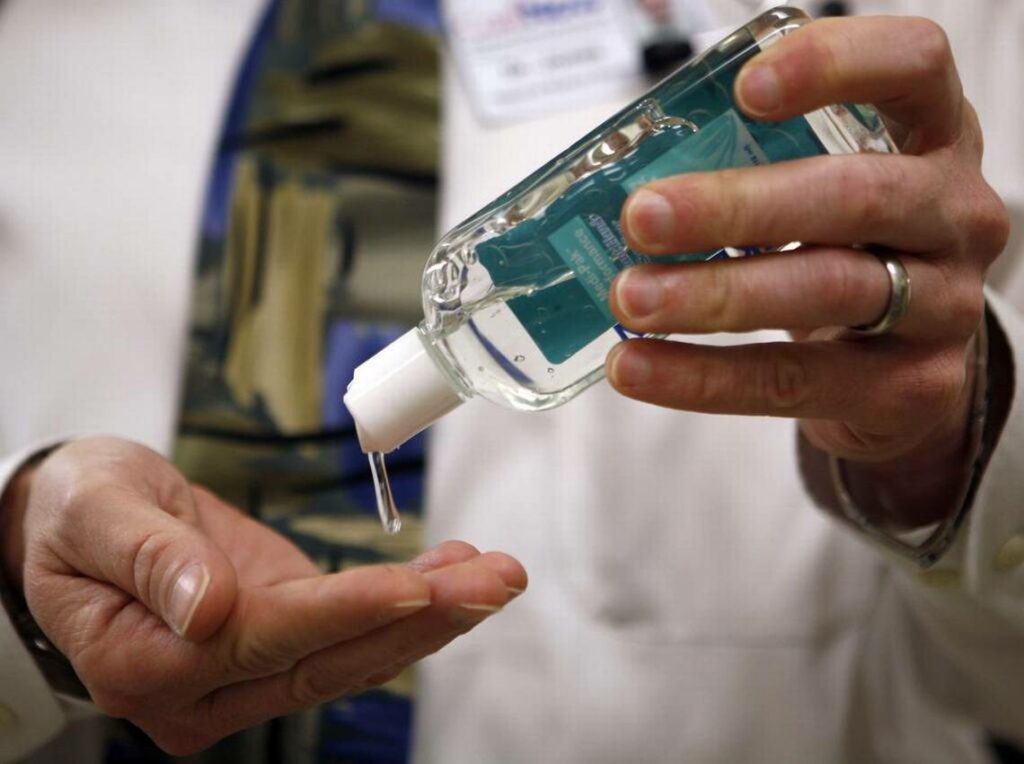
Many street stalls don’t offer napkins or a place to wash your hands. Keep some wet wipes or hand sanitizer with you. This simple habit can make a big difference in avoiding foodborne illnesses.
Final Thoughts
Exploring Street Food in Vietnam is one of the best ways to experience the country’s culture, flavors, and energy. With a little caution and some smart choices, you can eat like a local and avoid any tummy troubles.
Remember: follow the crowd, choose clean places, and when in doubt — ask a local!




